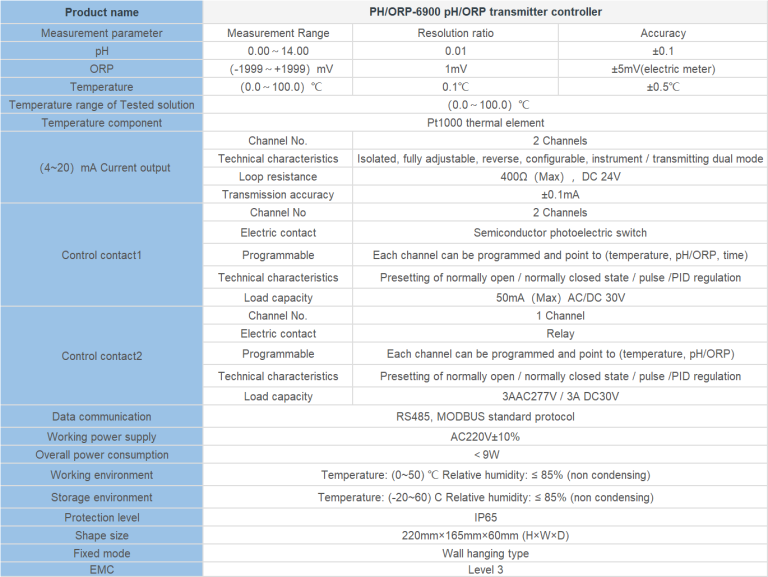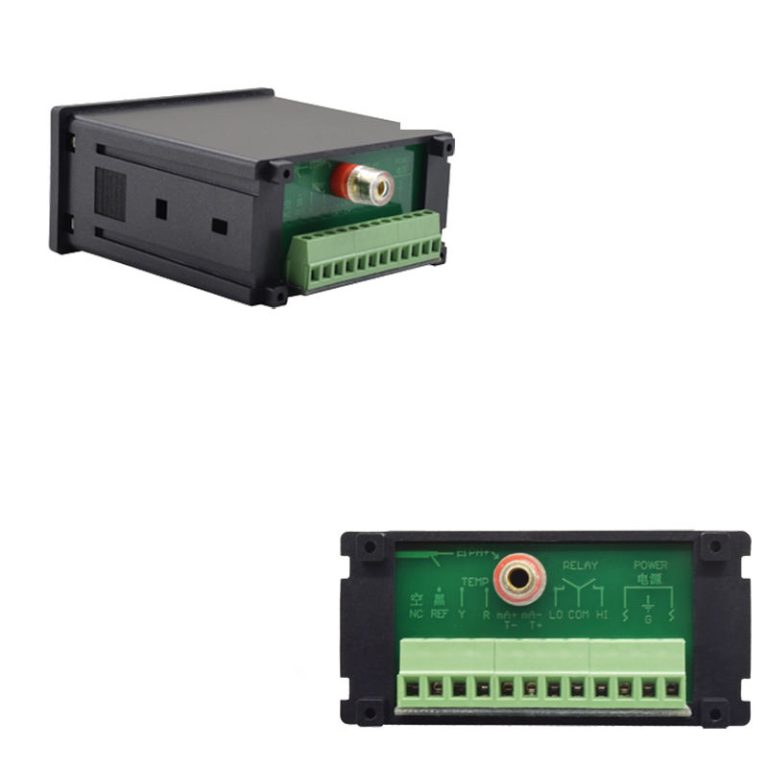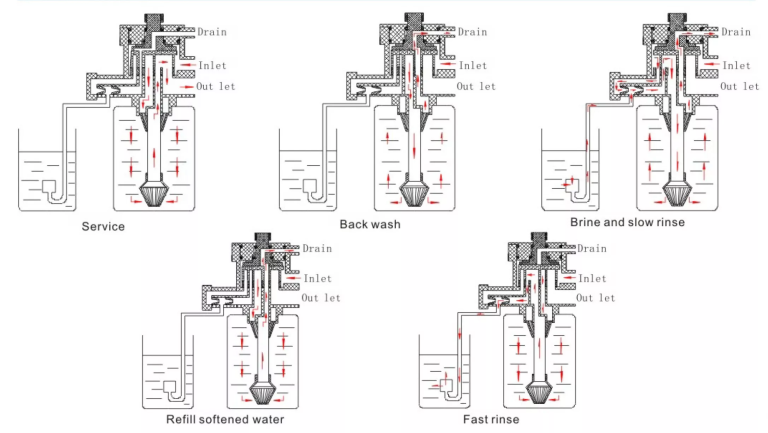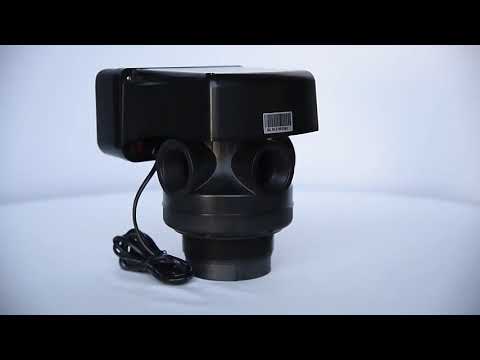The bypass valve on a water softener is typically located near the control valve.
Location of the Bypass Valve on a Water Softener
A water softener is an essential appliance in many households, as it helps to remove minerals such as calcium and magnesium from the water supply. This not only improves the taste and quality of the water but also prevents the buildup of scale in pipes and appliances. However, there may be times when you need to bypass the water softener, such as during maintenance or when using water for specific purposes. In such cases, it is important to know where the bypass valve is located on your water softener.
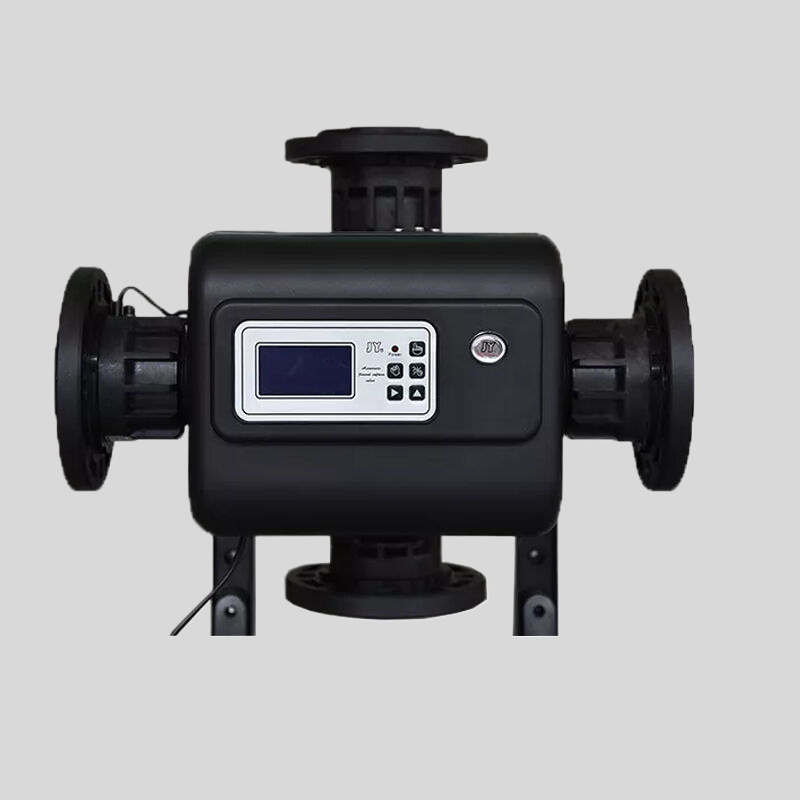
The bypass valve is a crucial component of a water softener, as it allows you to divert water around the softener unit. This is particularly useful when you need to shut off the water supply to the softener for any reason. The bypass valve is typically located on the back or side of the water softener unit, near the inlet and outlet pipes. It is usually a lever or a knob that can be turned to redirect the water flow.
To locate the bypass valve on your water softener, start by examining the unit itself. Look for any labels or markings that indicate the location of the bypass valve. These labels are often placed near the valve for easy identification. If you cannot find any labels, you may need to consult the user manual or contact the manufacturer for assistance.
Once you have located the bypass valve, familiarize yourself with its operation. Depending on the type of water softener you have, the bypass valve may have different settings or positions. The most common settings are “In Service,” “Bypass,” and “Backwash.” The “In Service” position allows water to flow through the softener, while the “Bypass” position diverts water around the softener. The “Backwash” position is used during the regeneration process, which is a routine maintenance task for water softeners.
To bypass the water softener, simply turn the bypass valve to the “Bypass” position. This will redirect the water flow away from the softener unit, allowing you to use water without it being treated. It is important to note that when the bypass valve is in the “Bypass” position, the water will not be softened, so keep this in mind if you are using water for specific purposes that require soft water.
When you are ready to resume using the water softener, turn the bypass valve back to the “In Service” position. This will restore the normal water flow through the softener, ensuring that the water is properly treated and softened.
| Model | Central tube | Drain | Brine tank connector | Base | Power supply parameters | Maximum power | Pressure parameters | Operating temperature |
| 2850 | 1.9″(1.5″)O.D. | 1″NPTM | 3/8″&1/2″ | 4″-8UN | 24v,110v,220v-50Hz,60Hz | 72W | 2.1MPa | 1℃-43℃ |
| 0.14-0.84MPa |
In conclusion, the bypass valve on a water softener is a vital component that allows you to divert water around the softener unit. It is typically located on the back or side of the unit, near the inlet and outlet pipes. Familiarize yourself with the location and operation of the bypass valve to ensure that you can easily bypass and restore the water flow when needed. Remember to consult the user manual or contact the manufacturer if you have any difficulties locating or operating the bypass valve.

